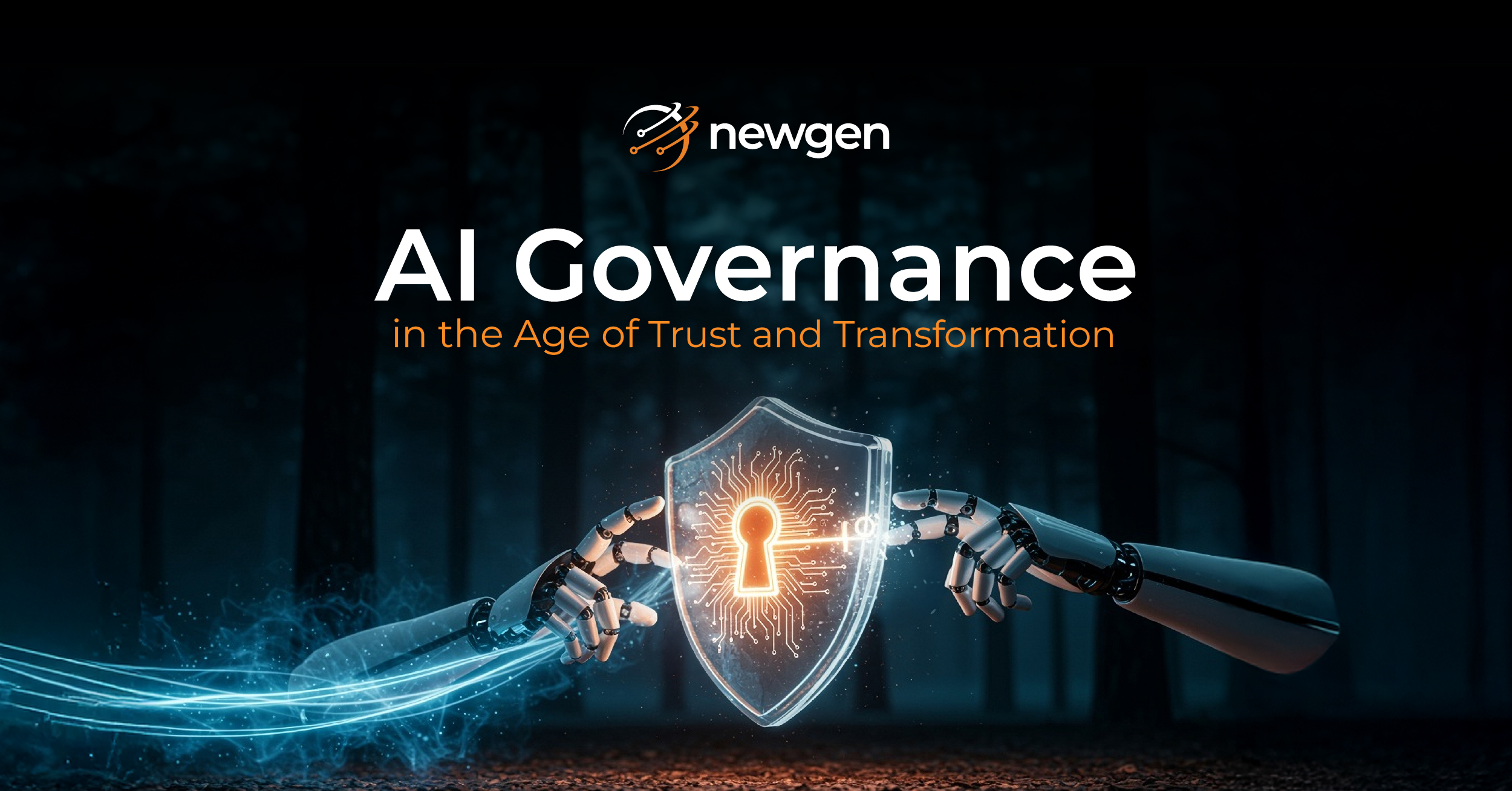Business leaders, like you, will agree that robotic process automation (RPA) is no longer just a buzzword. Organizations are adopting RPA at a faster pace and reaping its benefits. This is further reinforced by Forrester’s prediction that the industry will grow from $250 million in 2016 to $2.9 billion in 2021[1]. However, the question is how to achieve a significant return on investment (ROI) with RPA?
In this blog series – How to get the most out of your RPA investment, let’s explore ways that can help you to effectively measure ROI.
How Do You Measure the ROI of RPA?
First things first, you must have a clear picture of what you are expecting to achieve with RPA- better customer experience, innovation, enhanced productivity, improved quality, reduced costs, or even compliance.
Once you have clarity on the desired outcome, the next step is to calculate the difference in effort needed to accomplish tasks, from your employees versus bots. Below are a few parameters that are useful in drawing this comparison:
1. Process Execution Speed
You can start by recording the time it takes your employees to complete a particular process and compare it with the time taken by bots. This will give you a fair estimate of the time you can save to perform a task.
2. Resource Versus Bot Productivity
Typically, your employees work for 8 hours a day. So, you can keep tabs on the number of transactions that your employees complete in a day versus the amount completed by bots. However, bots offer an advantage here as they can operate 24/7, thereby enhancing overall productivity.
3.Output Quality
We cannot ignore the fact that humans can make errors during data entry or can miss a business rule while performing rule-based calculations. Alternatively, with bots, you can ensure data accuracy as they are trained to run business logic per the execution script.
To calculate the return, you should measure process accuracy before and after RPA deployment for a quality comparison.
4.Compliance
Ensuring compliance with various regulatory requirements is a top priority for organizations, like yours. With RPA, you can maintain 100% compliance. And so, you must track compliance issues post-RPA deployment and compare your results with earlier records in order to calculate ROI.
5. Overall Process Cost
Finally, you need to deep dive into the cost required to manage and execute a process and compare it with the overall cost involved in your RPA deployment, including the recurring costs. Try to compare and estimate ROI values for the next five years to understand how beneficial the RPA deployment will be for your organization in the coming years.
To get positive results from your RPA implementation, you need to be focused on measuring the ROI and identifying process candidates for automation. For this, it is recommended to have an in-house centre of excellence (COE) team that can perform in-depth research and help you identify the right business processes for successful RPA implementation.
In my next blog, I will share how a COE team can guide you throughout the RPA implementation process and ensure that you get the most out of your investment.
[1]https://www.forrester.com/report/The+RPA+Market+Will+Reach+29+Billion+By+2021/-/E-RES137229
You might be interested in




